Konrad Cramer
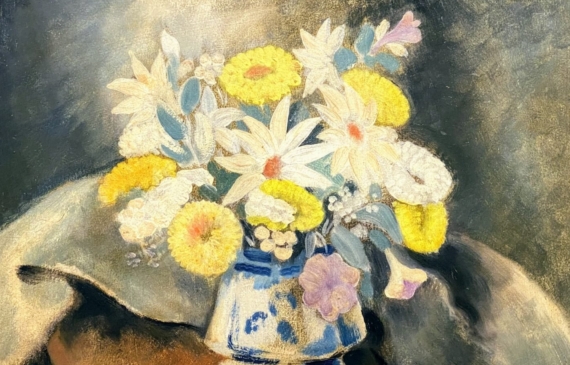

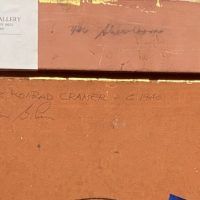
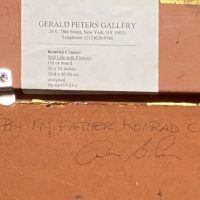
Konrad Cramer (German-American, 1888-1963)
Still Life with Flowers, 1940
Oil on board, 20 H. x 24 W. inches
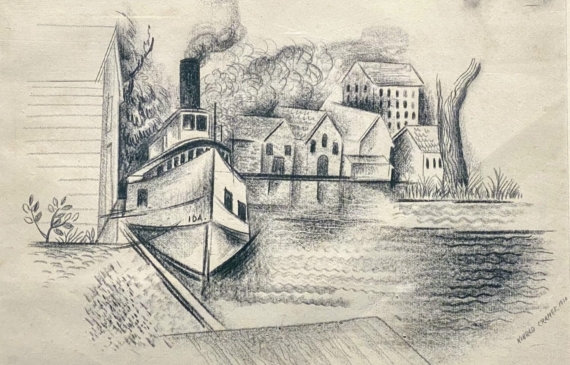
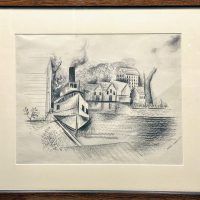

Konrad Cramer (German-American, 1888-1963)
Saugerties Night Boat
Lithograph crayon on paper
11 ½ H. x 15 W. inches
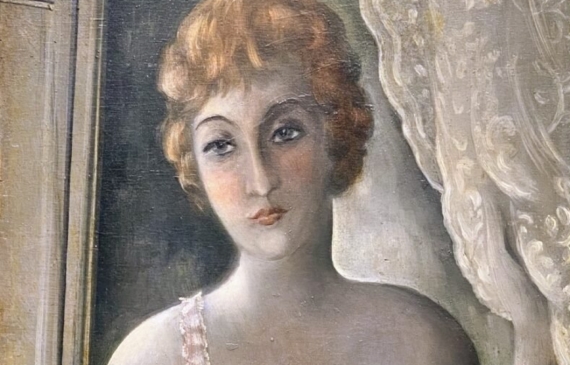
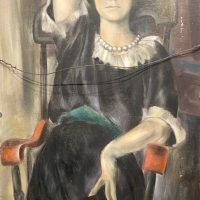
Konrad Cramer (German-American, 1888-1963)
Untitled (Double-Sided)
Oil on panel, 36 1/4 H. x 15 W. inches
Artist Description
Konrad Cramer was born in Wurzburg, Germany, on November 9, 1888. Cramer studied as an artist at the Karlsruhe Academy of Fine Arts from 1906 to 1908, where he received rigorous training. However, his classically-based education was tempered, and his style was much influenced by avant-garde art he saw at galleries in Munich, where he was exposed to and encouraged by the experimental works of Wassily Kandinsky and Franz Marc. In 1911, he met and married the American artist Florence Ballin; they both settled in Woodstock, New York, where Ballin had painted with the Art Students League each summer since 1906. Cramer is often credited as being an essential link between German and American modernism in art. His experimentations with abstraction and expressionism during his first years in Woodstock seemingly support this notion.
Cramer eventually became an American citizen in 1917. For income, he began designing textiles for department stores using stencils and batiks. In his paintings, he turned from abstract experiments to the traditional subjects of landscape, still life, and figure in a more representational style that blended modern and regional influences. Cramer returned to Europe in 1920 on a Rockefeller grant to study educational methods for artisans in Germany and France. On his return, he taught at the Woodstock School of Painting and Allied Arts. The Cramers were deeply immersed in Woodstock life, participating in the annual Maverick festivals, the Woodstock Artists Association, the Historical Society, and other organizations supporting the arts in their community. Never an artist to limit himself to a single medium, Cramer learned a wide variety of techniques early on, and his mature style includes painting, drawing, collage, lithography, and photography, two or more media often used in a single work.
Cramer exhibited at the Whitney Studio Club in 1924 and taught at the Children’s University School, where he painted a mural in 1929. The 1930s were busy years in Cramers’ professional life, exhibiting at the Carnegie International and earning a two-man show at the Dudensing Gallery, where Cramer and Adolph Gottlieb had been selected as the most deserving unknown American painters of the year. Cramer briefly joined the Federal Art Project in 1935, administering the regional program in Woodstock with Judson Smith. It was around this time that he began to incorporate photography into his practice. He became a community photographer, taking photographs of friends’ artwork, as well as commissioned portraits and informal pictures of friends. Cramer experimented with photographic techniques such as solarization and collage, using prisms, panes of glass, or composite painting.
For the remainder of his life, Cramer continued to teach, write, and produce photographs, occasionally returning to painting, drawing, and printmaking, creating gouches, wax resist drawings, and stencils of landscapes and figures, with an increasing interest in abstract styles and automatic technique. Three of his works were included in the 1946 Whitney Museum exhibition Pioneers of Modern Art in America, and the same year, he exhibited abstract photographs at the Woodstock Artists Association. Following their passings, both Cramer and Ballin were memorialized in an exhibition at the Woodstock Artists Association Gallery in 1968.

